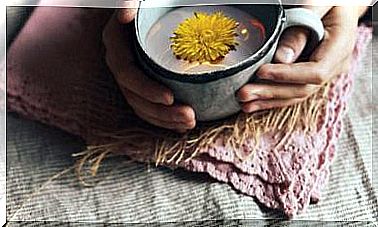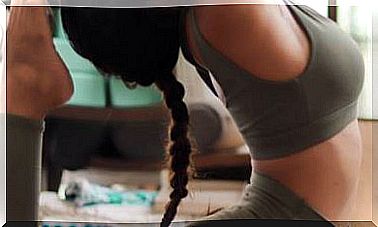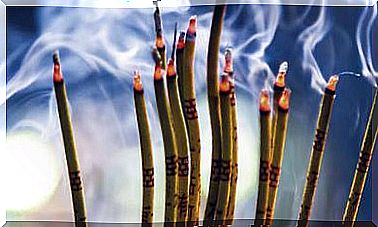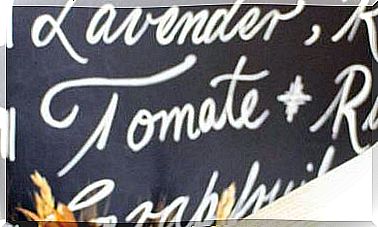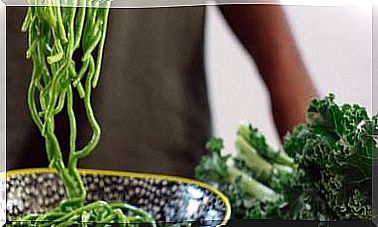How To Keep Kitchen Utensils Looking New
Cutting boards, pans, knives and other kitchen utensils need proper maintenance so that bacteria are not spoiled or proliferated.

The utensils with which we cook need good maintenance if we want them to last for a long time in good condition. In the case of cutting boards, for example, it is also a matter of hygiene.
Today I explain a few ways to clean and take care of your accessories and utensils to ensure proper hygiene and prolong their useful life.
Tips for keeping kitchen utensils in good condition
Clean, like-new cookware makes cooking more enjoyable. Cutting boards, pans, knives or wooden or bamboo utensils can last us a long time if we carry out correct maintenance, something interesting for our economy and for sustainability.
Chopping boards
I always prefer wooden ones, but they can be less hygienic than those made with synthetic products. Wood can crack over time, absorb moisture, liquids, etc. So they need maintenance.
Always, after using your cutting board, wash it with warm water, a dishwasher, and a scouring pad. Drain it well and dry it with kitchen paper or a cloth, do not let it dry on its own. Wood can take a long time to dry.
From time to time it will need extra maintenance. For stains, a normal dishwasher and a little patience are usually sufficient. But you may have a lot of marks, stains that won’t go away, etc. To remove them, the first thing to do is to sand it gently with a flexible sandpaper (I recommend a 200 grit).
After sanding, if we see parts that are or seem moldy, we can rub those areas with a good amount of salt and a few drops of vinegar.
Once the board is cleaned, dry it and put it in the sun. This will eliminate a good part of the undesirable bacteria that may have remained.
To keep your board in good shape, avoid storing it or leaving it in damp places (the wood can warp) and, after thorough cleaning, apply a thin layer of special mineral oil for cutting boards, or olive oil. This will protect the wood and it will remain food safe. Do not use any oil, resin or varnish that is not suitable for food.
Iron pans
You may have some. They are very heavy pans, without non-stick coatings and can eventually rust.
One of the good things about these pans (no rust, of course) is that when cooking acidic foods they transfer a small part of the iron, making those foods rich in this mineral. That is why it is usually recommended to make, for example, tomato sauces in them (they have to be acidic preparations and with a medium-long preparation time).
Surface rust stains can be easily removed. We can make a soft homemade “sandpaper” with salt and a potato: you just have to put a good handful of salt in the pan and cut a long potato in half (so you can get a good grip).
With the cut side of the potato, scrub those parts with rust, collecting the salt. You’ll spend a while scrubbing, but it’s worth it. Then you just have to rinse it with water.
When there is more rust you can use a metal or metal sponge pad. These can only be used on materials that do not have non-stick treatments, as they are very abrasive and take away the finest surface layers. A scouring pad and a little dishwasher is enough.
A little baking soda can be added to these processes , if they are very old rust stains, but not in large quantities. I do not recommend the use of vinegar because it is quite corrosive and we can end up with the pan very damaged.
Once clean, dry your iron skillet well with a cloth – do not let it air dry – and apply a very thin layer of olive oil all over the surface to seal it.
How do you cure an iron skillet?
Iron skillets need “curing” to prevent re-rusting and food sticking in them. For this it is best to use oils such as olive, sunflower or coconut.
Spread the oil with your hands over the entire surface and then wipe it with a piece of kitchen paper to remove the excess. And it will be much better if you put it in the oven at 250ºC for at least 15 minutes (the pan should not have any plastic or wooden parts). Then let it cool.
Every time you use it, remember to clean it with warm water and a little dishwasher, with a soft scouring pad, dry it well and put the oil on it.
Knife care
All knives end up deflected and crushed, regardless of what the advertising indicates. It is normal, because every time we cut things with them there is an erosion in the blade and over time they will not cut as well.
To maintain your knives you will need at least one sharpener. It is a kind of fluted metal stick, with a handle. As the knife passes through the sharpening, the edge is maintained. Please use it when you pick up the knife, before you use it. After use, wash it well, dry it and put it in a place where other objects will not cause damage to the blade (for example, inside a case, on a bar or a knife stump).
Also, from time to time you will need sharpening. For this you can take it to a sharpener or a hardware store where they have this service, or have a sharpener at home.
My recommendation is to have a sharpening stone, better than other metal blade sharpeners, which seem simpler but often do not give the desired results.
As with everything, you have to practice. You can find videos on youtube about how to use sharpening or how to sharpen knives with a whetstone.
Do not sharpen saw knives. The mechanism is completely different, and if we do not know how to do it, we can end up destroying it without remedy. When in doubt, you can contact a manufacturer and see if they have this service.
Wooden and bamboo utensils
Spatulas, ladles and other wooden utensils are very versatile and last long as long as we take good care of them. The first thing is not to use them to remove stuck food from pans and pots because we will erode the wood.
They can be washed calmly with warm water and dishwasher and it is preferable that we dry them by hand so that they do not warp or crack and do not take on fungus or mold.
The maintenance is similar to the wooden boards: clean them with salt, with a dishwasher, rub with a soft scouring pad, with sandpaper if there are deep mold stains, and leave them in the sun.
Many of these utensils are dishwasher safe, and it’s a good idea – it keeps them well sanitized.
To prevent them from splitting or breaking, occasional oiling is not a bad thing, as the wood preserves its moisture and flexibility.

